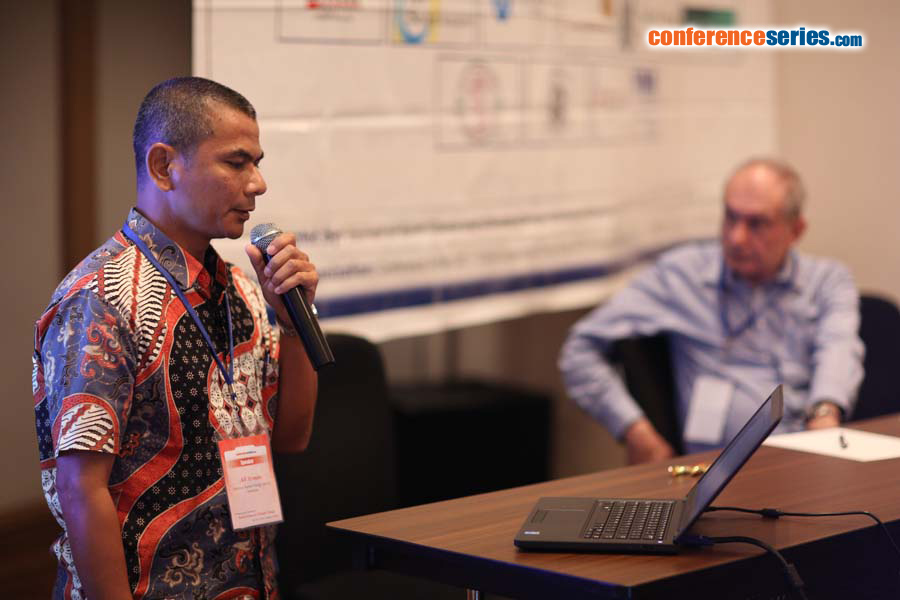
Ali Arman
National Nuclear Energy Agency, Indonesia
Title: Linear extension rates of massive corals from Nusa Penida, Bali (Coral Triangle Initiatiave region) in relation to climate change
Biography
Biography: Ali Arman
Abstract
Massive reef-building scleractinian corals which are roughly limited to shallow tropical seas, have the potential for providing detailed information about past climate change and the response to environmental change. The coral skeletons are composed of calcium carbonate in the form of the mineral aragonite. These corals are long-lived (multi century), and their skeletons exhibit distinct annual banding. A couplet of high and low density bands provides an annual chronology that can be used to restrospectively measure the age and coral growth rates. In this study, we analyzed two coral Porites spp (P1 and P2) and one coral Diploastrea Heliopora (D1) from Nusa Penida, Bali, Indonesia (Coral Triangle Initiative area) to evaluate annual linear extension rates. Coral samples were collected using pneumatic drill and it was obtained that the length of corals of P1, P2 and D1 is 1.5 m, 0.86 m and 1 m, respectively. Samples were then sliced along the coral length and x-ray radiographed. The linear extension rate was determined using Coral-XDS software. The result shows that the age of P1, P2 and D1 is 96 years, 85 years and 116 years, and the average of linear extension rate is 1.19 ± 0.29 cm/y, 1.05 ± 0.32 cm/y, and 0.74 ± 0.27 cm/y respectively. All corals have the trend of decreasing in linear extension rates as the sea surface temperature increased. Moreover, significant decrease was identified during the El-nino in 1997- 1998, 1992-1993, 1986-1987, 1982-1983, 1972-1973 and 1957-1958.
Speaker Presentations
Speaker PPTs Click Here


